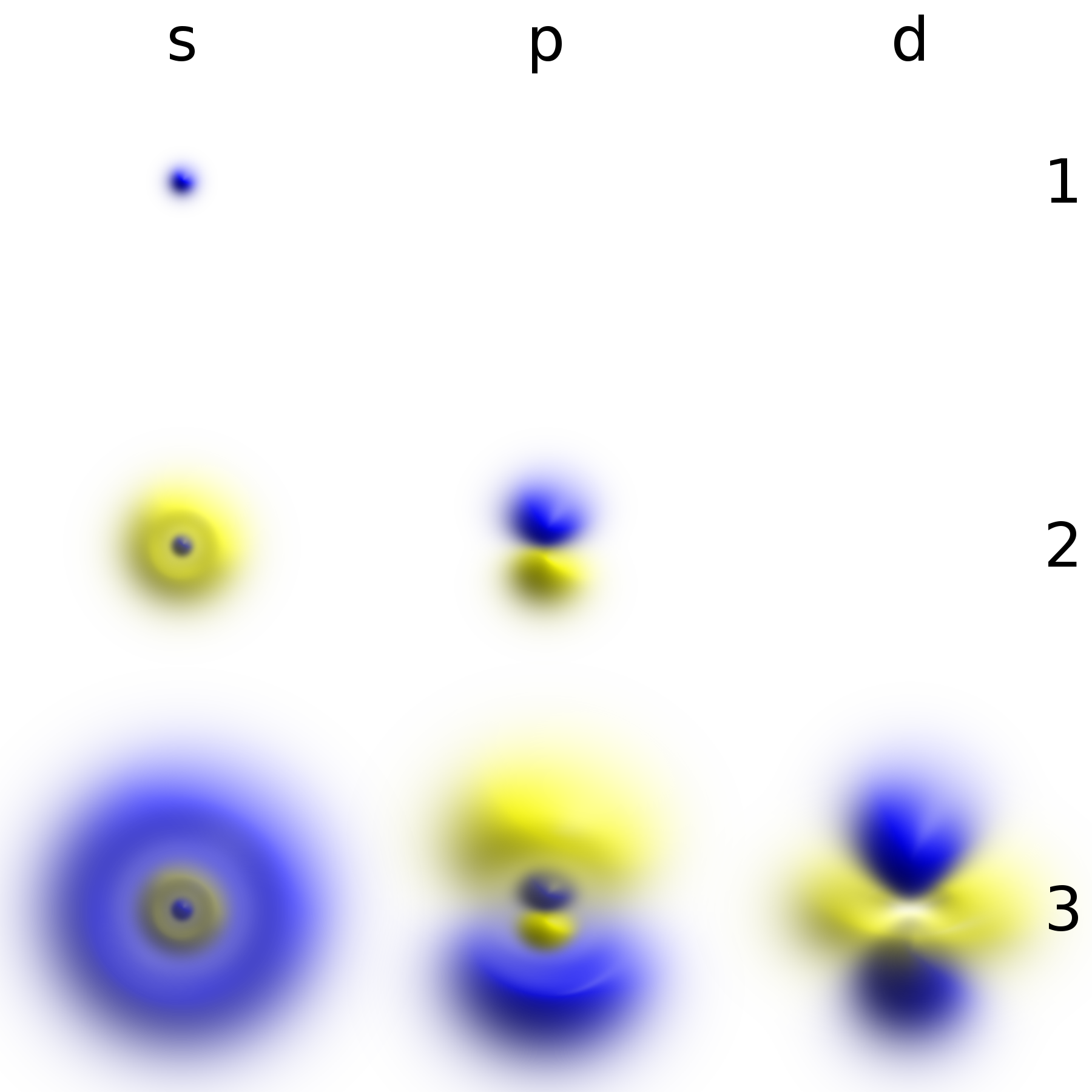At a Glance
- A recent study reveals that bio-based materials, such as viscose and lyocell, marketed as eco-friendly plastic alternatives, may harm ecosystems, particularly affecting wildlife like earthworms.
- Bio-based fibers caused significantly higher mortality rates in earthworms than polyester, with up to 80% dying from viscose exposure and 60% from lyocell exposure after 72 hours.
- Even at lower levels, bio-based fibers like lyocell and viscose negatively impacted earthworm growth, reproduction, and burrowing behavior, raising concerns about their ecological safety.
- Researchers stress the importance of evaluating bio-based materials’ environmental impacts before widespread adoption, as their unintended effects may undermine their eco-friendly claims.
- The findings aim to inform discussions on the use of bio-based products and contribute to global negotiations for a potential Global Plastics Treaty, emphasizing sustainable alternatives.
A recent study has raised concerns about the environmental impact of bio-based materials, showing that they may harm the planet’s ecosystems more than previously thought. These bio-based materials, often marketed as eco-friendly alternatives to traditional plastics, are used in clothing, wet wipes, and sanitary items. Researchers have found that when bio-based fibers, such as viscose and lyocell, enter the environment, they can pose significant risks to wildlife, particularly earthworms, which are crucial for soil health.
The study, published in Environmental Science and Technology, focused on the effects of polyester, viscose, and lyocell fibers on earthworms, which are essential for soil ecosystems. The researchers exposed earthworms to different concentrations of these fibers and found that both bio-based fibers caused much higher mortality at high concentrations than polyester. After 72 hours of exposure, 30% of earthworms died when exposed to polyester fibers, while up to 80% died from viscose fibers and 60% from lyocell fibers. In addition to mortality, the study showed that earthworms in soils with these fibers exhibited reduced reproduction and growth.
One key finding of the study was that bio-based fibers had a more significant impact on earthworm health than polyester, even at lower concentrations. Earthworms exposed to lyocell, for example, showed slower growth and increased burrowing, while those exposed to viscose exhibited reduced reproduction rates. The researchers point out that while these findings are concerning, they highlight the need for more thorough testing of materials before they are widely adopted as alternatives to plastic. The study stresses that bio-based fibers, though marketed as environmentally friendly, can have unintended negative consequences for ecosystems.
The research, conducted by a team from the University of Plymouth and the University of Bath, is part of a larger project to understand the potential environmental risks of bio-based materials. As the world faces growing concerns about plastic pollution, this study reminds us of the importance of testing alternative materials thoroughly. The researchers hope their findings will help shape future discussions on bio-based products, especially as global leaders prepare for the final round of negotiations on a potential Global Plastics Treaty later this year.
References
- University of Plymouth. (2024, November 5). Bio-based fibers could pose greater threat to environment than conventional plastics. Phys.Org; University of Plymouth. https://phys.org/news/2024-11-bio-based-fibers-pose-greater.html
- Courtene-Jones, W., De Falco, F., Burgevin, F., Handy, R. D., & Thompson, R. C. (2024). Are biobased microfibers less harmful than conventional plastic microfibers: Evidence from earthworms. Environmental Science & Technology, 58(46), 20366–20377. https://doi.org/10.1021/acs.est.4c05856











